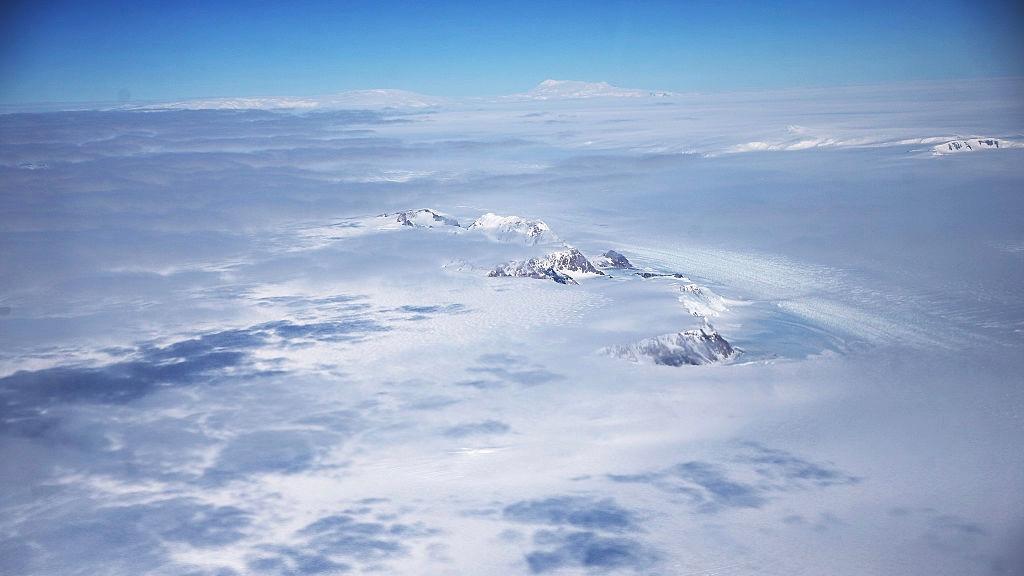The U.S. National Snow and Ice Data Center (NSIDC) reported a slowdown in the rate of Antarctic sea ice loss, saying that it fell well below average during November and December 2024.
“Antarctic sea ice loss has slowed after a prolonged period of record to near-record daily lows set in 2023 and 2024,” the NSIDC stated in its Jan. 7 analysis report.





